The Tampa Bay Buccaneers currently own the fifth pick in the first round of the NFL's upcoming draft. If they choose to trade that pick, and find a willing partner to strike a deal, it would mark just the 12th draft in which the fifth-overall pick has been swapped prior to being executed. Interestingly, the last team to trade out of that spot was the Buccaneers, in 2012. We examined that deal in the first installment of our Five for Five series.
The purpose of looking back at that 2012 deal was to see what the stakes were and how well it worked out for both teams involved. The Buccaneers could be motivated to trade down again this year, depending upon how the first four picks unfold and how much another team is willing to give up for the fifth one. At the very least, it will be a consideration. As Buccaneers General Manager Jason Licht said at the NFL Scouting Combine in February: "If anyone wants it, we'd certainly listen."
Of the previous 11 drafts in which the fifth pick was traded, five involved a team moving down from that spot to a lower pick in the first round. On Monday, we looked at the Buccaneers' 2012 move from fifth down to seventh. To read about that, and to get a quick rundown of the six other trades that did not fit into the same category, follow the link above.
Now we move on to the 2009 draft, in which the New York Jets made a bold move to grab the second quarterback off the board, after the Detroit Lions had made Matthew Stafford the first overall pick. There is a chance a very similar scenario could unfold in 2019.
**
Trade #2: Browns Re-Stock Their Roster with a Big Move Down
The Trade: Cleveland sends the fifth overall pick to the Jets in return for the 17th overall pick, a 2009 second-round pick (#52) and three players: defensive end Kenyon Coleman, safety Abram Elam and quarterback Brett Ratliff.
Trade Value: There are two "trade value charts" in common use, both of which assign specific numeric values to each spot in the draft through, declining in value from pick #1 to #224. The first is commonly known as the Jimmy Johnson Chart because it was developed by Johnson and the Dallas Cowboys in the early 1990s. It assigns a value of 3,000 points to the first-overall pick, 2,600 to the second and so on, with the values dropping steeply. The last pick in the first round, for instance, is valued at 590 points.
The second chart was developed by Chase Stuart of Football Perspective in 2012. While Johnson and his crew devised their original chart with a relatively arbitrary system, Stuart attempted to come up with values using empirical evidence of what those draft spots had provided in the past. Stuart's chart begins with a value of 34.6 points for the first overall pick and, obviously, doesn't decline as rapidly. For each of these trades, we'll look at how close the two teams got to swapping equal value, as determined by the two charts.
This deal is more difficult to evaluate in this regard in the last one because of the three players included. That said, one of the two charts views it favorably for the Browns even without those added players. Not surprisingly, that's the Stuart chart which, again, doesn't decline in value as steeply from pick to pick as the Johnson chart.
On the Stuart chart, the 17th and 52nd-overall picks add up to 27.0 points, which is more than the 24.3 points assigned to the fifth-overall pick. The Johnson chart finds the Browns lacking, giving up 1,700 points and getting 1,330 back, but it's safe to say that three players, if useful, easily make up the difference. As we will see below, two of those players did prove fairly useful.
View photos of Lance Zierlein's latest mock draft.

1 - Arizona Cardinals - Kyler Murray - QB

2 - San Francisco 49ers - Nick Rosa - Edge

3 - New York Jets - Josh Allen - Edge

6 - New York Giants - Quinnen Williams - DT

5 - Tampa Bay Buccaneers - Devin White - LB

19 - Tennessee Titans - D.K. Metcalf - WR

7 - Jacksonville Jaguars - Jawaan Taylor - OT

8 - Carolina Panthers - Montez Sweat - Edge

9 - Buffalo Bills - Andre Dillard - OT

10 - Denver Broncos - T.J. Hockenson - TE

11 - Cincinnati Bengals - Devin Bush - LB

14 - Atlanta Falcons - Ed Oliver - DT
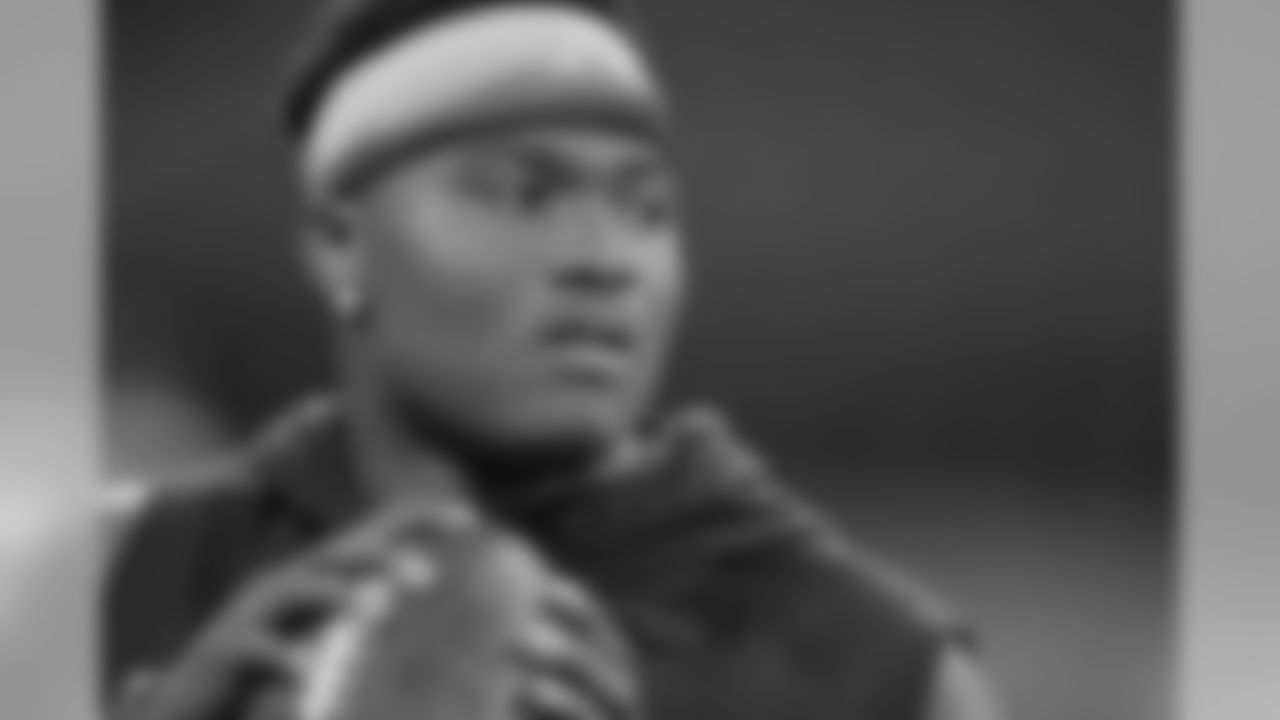
13 - New York Giants - Dwayne Haskins - QB

4 - Oakland Raiders - Rashan Gary - Edge

15 - Washington Redskins - Greedy Williams - CB

18 - Minnesota Vikings - Jonah Williams - OL

32 - New England Patriots - Drew Lock - QB

12 - Green Bay Packers - Cody Ford - OT

19 - Tennessee Titans - Noah Fant - TE
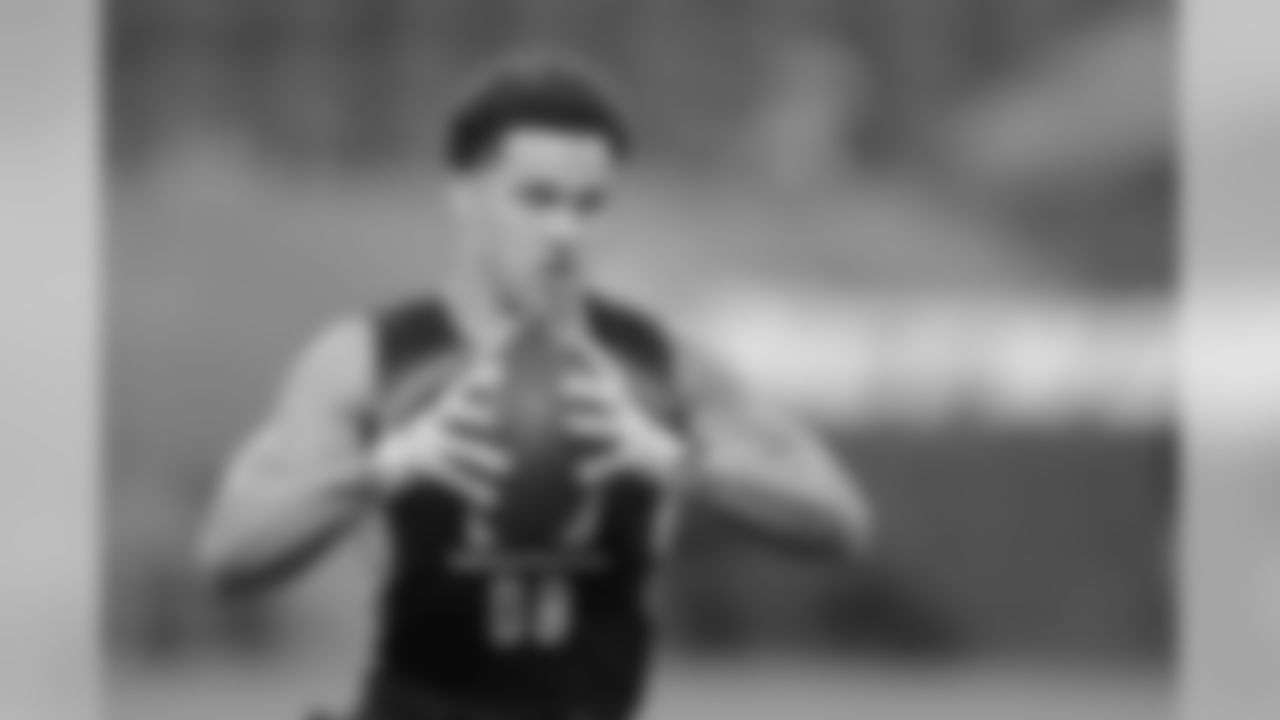
20 - Pittsburgh Steelers - Byron Murphy - CB

21 - Seattle Seahawks - Brian Burns - Edge

29 - Kansas City Chiefs - Garrett Bradbury - C
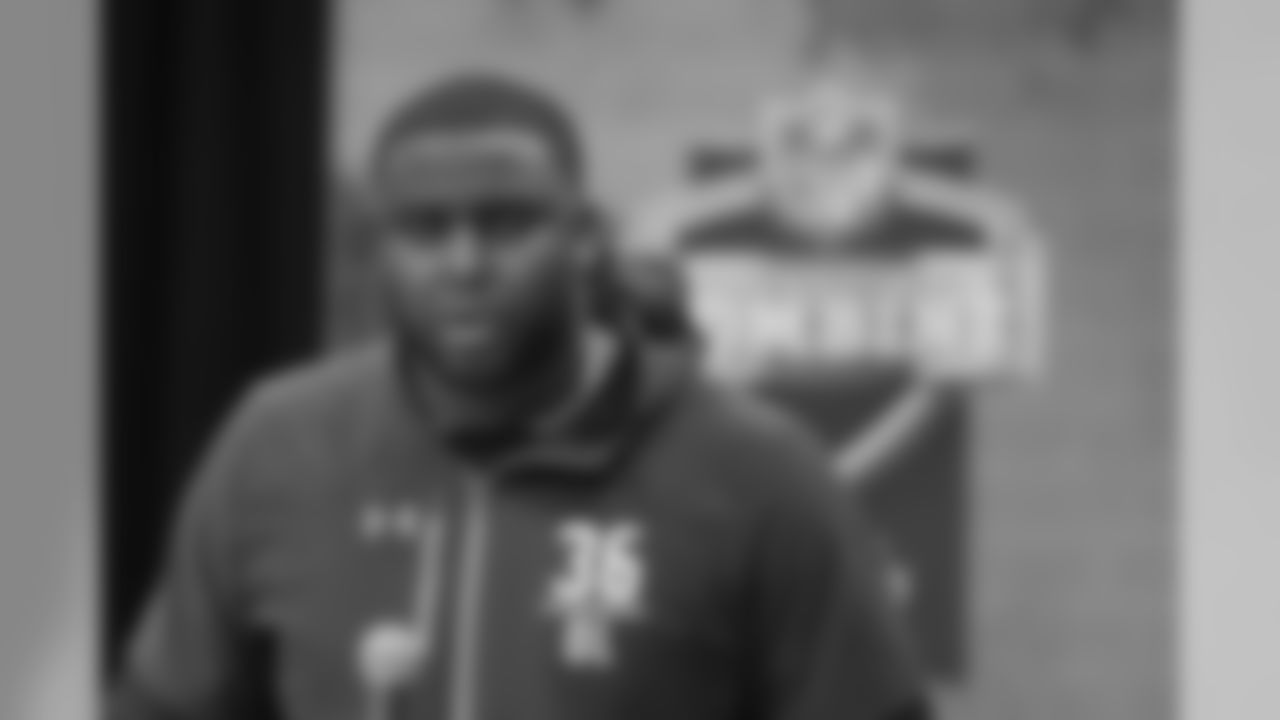
22 - Philadelphia Eagles - Greg Little - OT

15 - Washington Redskins - Clelin Ferrell - Edge
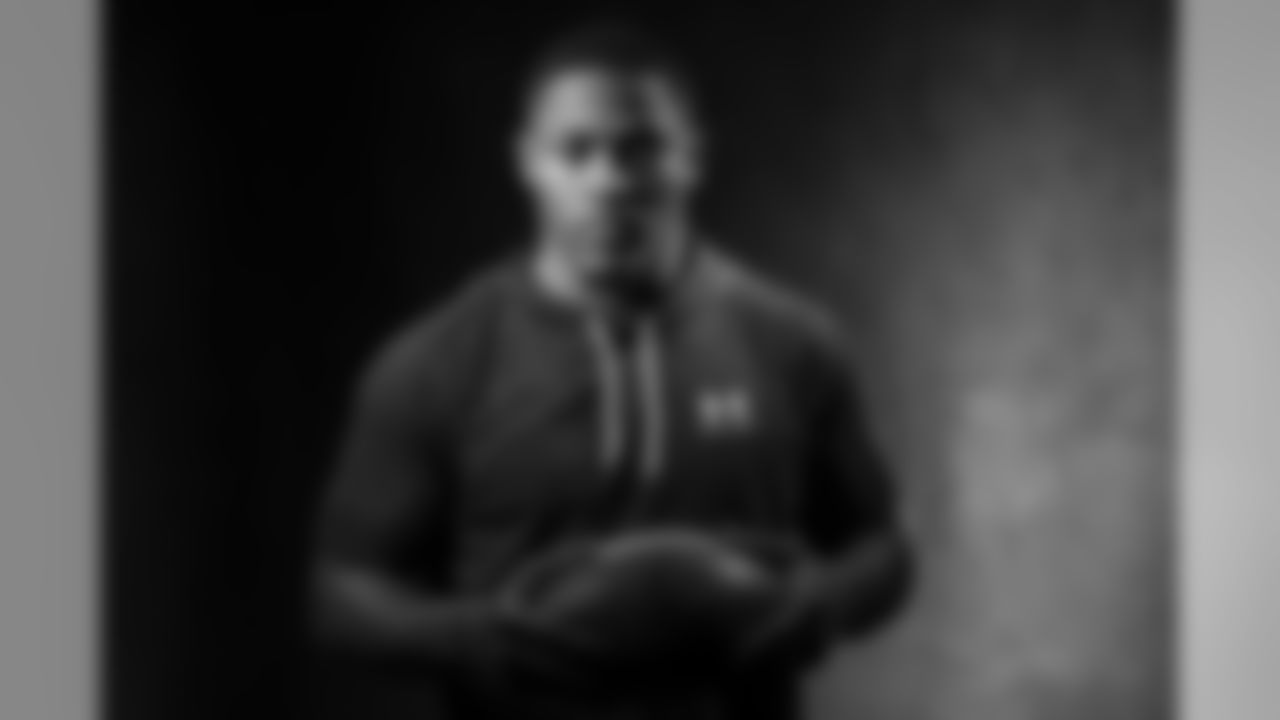
25 - Philadelphia Eagles - Josh Jacobs - RB
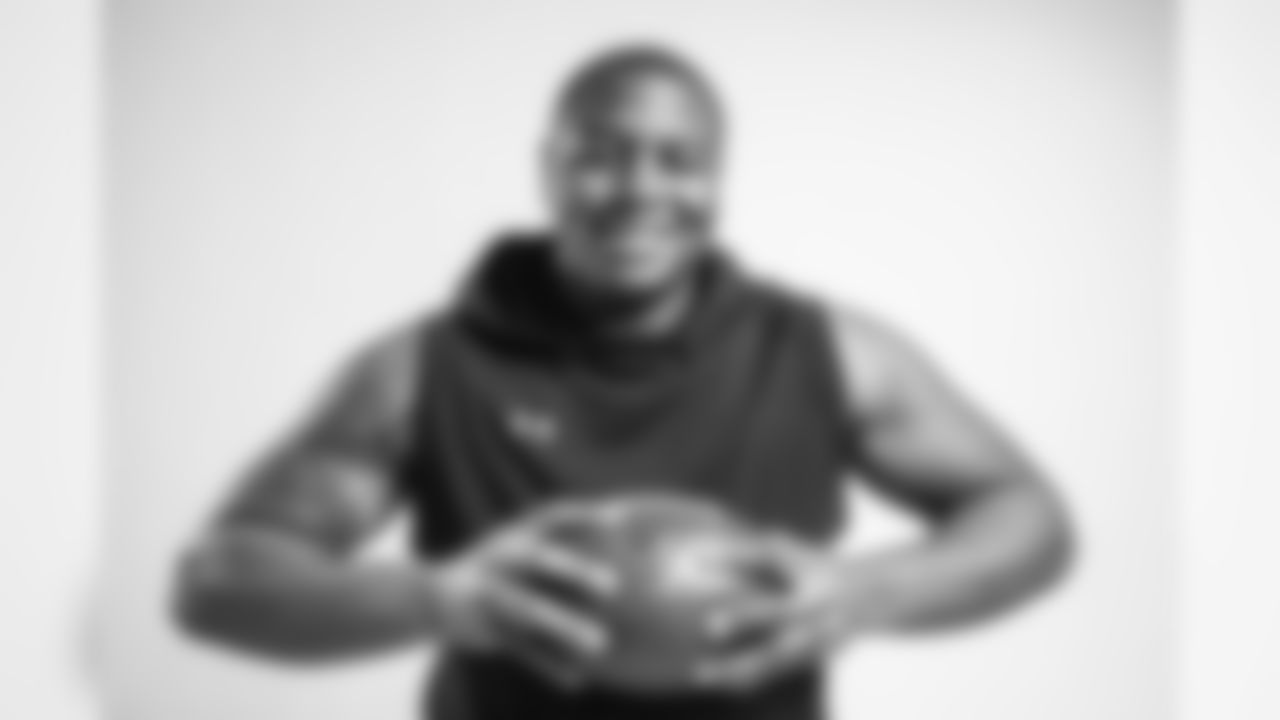
27 - Oakland Raiders - Dexter Lawrence - DT

27 - Oakland Raiders - Dalton Risner - OL

28 - Los Angeles Chargers - Kaleb McGAry - OT

16 - Detroit Lions - Deandre Baker - CB

26 - Indianapolis Colts - A.J. Brown - WR

17 - Miami Dolphins - Christian Wilkins - DT

32 - New England Patriots - Jeffery Simmons - DT
Trade Results in the Draft: The Jets were willing to give up two defensive regulars, a backup quarterback and a second-round pick in order to have a shot at USC quarterback Mark Sanchez. Coincidentally, the Buccaneers also drafted a quarterback in the first round in 2009, taking Josh Freeman at pick number 17.
That 17th pick, in fact, was only technically in the Browns' possession for a couple of hours on the first night of the draft. They likely had been contemplating what to do with it for a while, however, as it's not likely a trade that involves three veteran players was worked out in a couple of minutes while Cleveland was on the clock. More likely is that the framework of the deal had been in place for some time, ready to be executed if Sanchez was indeed available at number five.
After the trade with the Jets, the Browns moved down two more times. They swapped the 17th pick to the Bucs for #19 and a sixth-rounder (#191), then dropped two more spots to #21, getting another sixth-rounder (#195) from the Eagles. Cleveland finally picked at that 21st spot and did a nice job of it, selecting center Alex Mack. Mack made three Pro Bowls over seven seasons in Cleveland before signing a big free agent deal in Atlanta in 2016.
The Browns then stayed put at that 52nd pick gained from the Jets but didn't fare nearly as well with their selection. Defensive end/linebacker David Veikune of Hawaii only played one year in Cleveland before being cut, after which he had a four-game cameo in Denver. That's an extremely short career for a second-round pick and Veikune is considered one of the biggest draft busts in Browns history.
Cleveland also executed those two sixth-round picks gained from their smaller moves downward, taking cornerback Coye Francies and running back James Davis. Francies made the Browns squad for two years but played in only eight games and had no stats. He did find work in Oakland for one more year as a kick returner. Davis also made the squad as a rookie but was cut midway through his second year after amassing a total of 125 yards from scrimmage in Cleveland. He did not play again after 2010.
How it Worked Out: To summarize, Cleveland still got a very good player in the first round despite accepting a substantial move down, but reaped almost no extra benefits from the draft assets they acquired from that deal. As it turned out, the Browns picked a good year for such a big move because the entire 2009 draft, and in particular the first round, is considered historically bad. The Browns likely don't mind missing out on the likes of such players picked between five and 17 as Andre Smith, Darrius Heyward-Bey, Larry English and Aaron Maybin.
That said, the Browns did get good use out of Coleman and Elam, both of whom started for two years in Cleveland before departing. Abram was particularly productive, with 170 tackles, two interceptions, three sacks, 12 passes defensed, three forced fumbles and three fumble recoveries in that span. Coleman had 106 tackles and four sacks in 2009-10. Ratliff never got into a regular-season game for the Browns, or for any NFL team for that matter.
Meanwhile, the Jets got their man but not, as it turned out, the franchise quarterback they were seeking. Sanchez started right away and the Jets made it to the AFC Championship Game in each of his first two seasons, but not likely due to their young quarterback, who had passer ratings of 63.0 and 75.3, respectively, those two years. Sanchez was out of New York after four seasons and has since toured the NFC East in Philly, Dallas and Washington, starting only 11 more games.
Lessons for the 2019 Buccaneers: Draft-day deals involving the swap of multiple veteran players as well as some picks are uncommon, so it's not likely this one will be duplicated. That said, the structure of that deal was a good one for the Browns as it provided both proven commodities and an opportunity to add more talent to the roster. That latter effort failed but Cleveland at least got two starters out of the deal. Such a trade would be useful for the Buccaneers given that they are looking to spike their depth at several positions under a new coaching staff led by Bruce Arians.
It's also hard to imagine another draft in which a move as big as sliding from #5 to #17 means as little. The 2009 draft produced almost no stars and the Browns likely couldn't have ended up with a better player than Mack if they had stayed at number five. It will be four or five years before we can determine how good the 2019 draft ends up being, but at the very least it is considered to be loaded with high-end pass-rushing talent. Moving from the fifth pick down to #17 would likely take the Buccaneers out of the running to nab one of those edge rushers.
That's not to say a move of this magnitude is necessarily a bad idea. Assuming there are no veteran players involved, as in the 2009 trade, the Buccaneers would likely receive significantly more draft capital. A more analogous deal occurred in the 2003 draft, when the Arizona Cardinals and the New Orleans Saints swapped the sixth and 17th picks. Arizona also got the 18th overall pick while agreeing to an unfavorable swap of second-rounders (from #37 down to #54) and giving back a fourth-rounder.
The Buccaneers might see the value of doubling their first-round picks if they believe this draft is particularly deep. Three teams currently have multiple first-rounders: the Giants (#6 and #17), the Raiders (#4, #24 and #27) and the Green Bay Packers (#12 and #30). New York isn't likely to give up their other first-round pick to move up one spot, but the Raiders or the Packers might be interested in combining their extra picks to move upward. If not, the Buccaneers could make a similar deal with any other team, accepting a 2020 first-round pick instead.




































